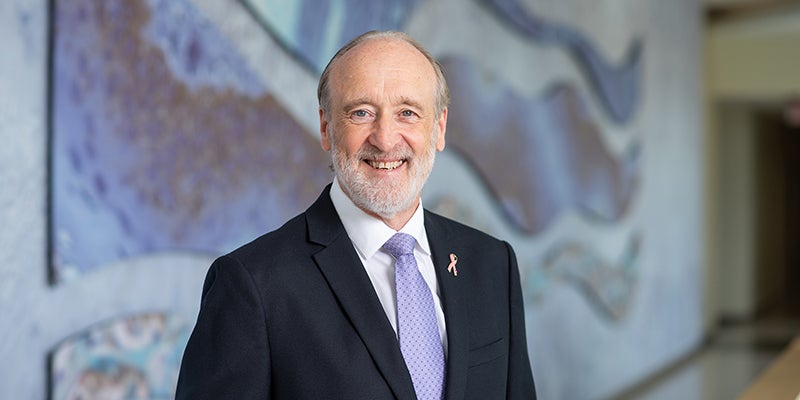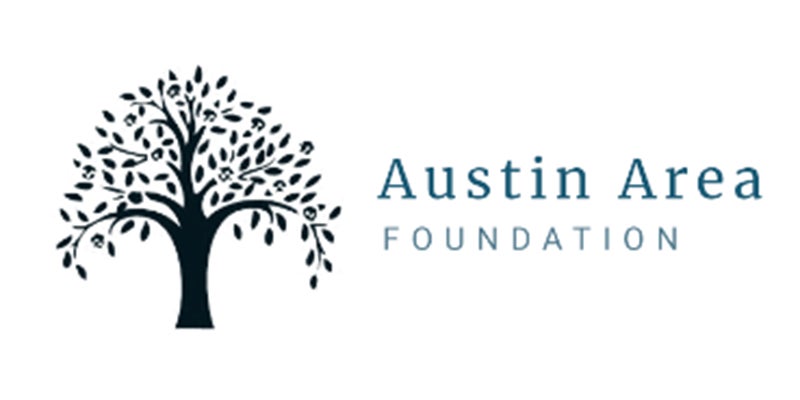Investment in kids shows
Published 8:20 am Monday, June 7, 2010
Despite all the indescribable beauty of Yosemite National Park, one of the most wonderful experiences of our recent visit was the California school kids we met. Some students demonstrate the potential of today’s youth but also the importance of competent education and training for them to realize their potential.
Six schools, most from the San Francisco area but others from farther south, had a week-long educational program while we were camping in the park’s Curry Village. They ranged from later elementary school through middle school into high school. They descended upon us like hoards and dominated the camp’s population. They could be neither ignored not escaped. They were noisy, excited, silly, fun-loving, and full of life. Did I say they were noisy?
I approached a couple adults whom I thought might be their teachers. They gasped: “Oh my god, No!” At another table I found six people and asked them. “Why, are they throwing food at you?” I learned these were parent chaperones, joking good naturedly.
No, just the opposite. I was trying to find adults responsible for them to report how impressed I am with the kids and commend the adults responsible for this. Kids don’t become this way all by themselves.
The park operates an education program for school children and youth and hosts them competently. We eventually talked with park personnel, teachers, and chaperoning parents about this.
I feel our particular party was in a pretty good position to make judgments. We happened to include a juvenile court judge and an attorney who serves as children’s advocates as well as others who have been a school nurse and a principal. We are uniformly impressed with the kids, both in their observed behavior and apparent interest in learning.
They were not only well behaved but prepared and disciplined. They sometimes exhibited a labored effort to do the right thing. Looking at their facial expressions, I could almost see the gears turning in their brains: “Let me think, now, what did they say I should do here?” We saw this when they deferred to adults in crowded conditions and when they returned our greetings.
Ann came back from the wash house, saying it was packed with middle school girls. Imagine what that was like with them getting ready to charm society for the day.
But they are wholesomely normal kids: noisy without being boisterous, active without being obnoxious. I love them by just looking at them and would love to interact with them.
(These were in marked contrast to an earlier experience in a Minneapolis hotel. We happened to hit there at the time of state finals for high school hockey. Hotel personnel had removed all the furniture from the common areas and taken many other measures to protect lives as well as property against the annual destruction by rowdy players to which they had become only too accustomed. They dreaded that time of year. I asked the manager about appealing to the coaches, and he said they had learned the coaches feel the players had earned this freedom and gave them full rein.)
One night in Yosemite we retired to our tent early to get away from the cold and new falling snow, only to be awakened by the students returning from their evening session. But it was happy sounds of happy kids, music that sang us back to sleep.
These California kids didn’t just happen to be this way. A teacher described how each had worked for the honor both by academic achievement and civic behavior.
They were required to raise the money by work projects to cover costs and felt personal investment in the experience.
I didn’t need to ask if they had been prepared by orientation, because this was obvious. Kids don’t act this way without being taught. They behaved, in fact, counter to their society and culture.
They are, in a word, choice young people. Most are capable enough, but they become this way by teachers, parents, and other adults exercising responsibility for them.





